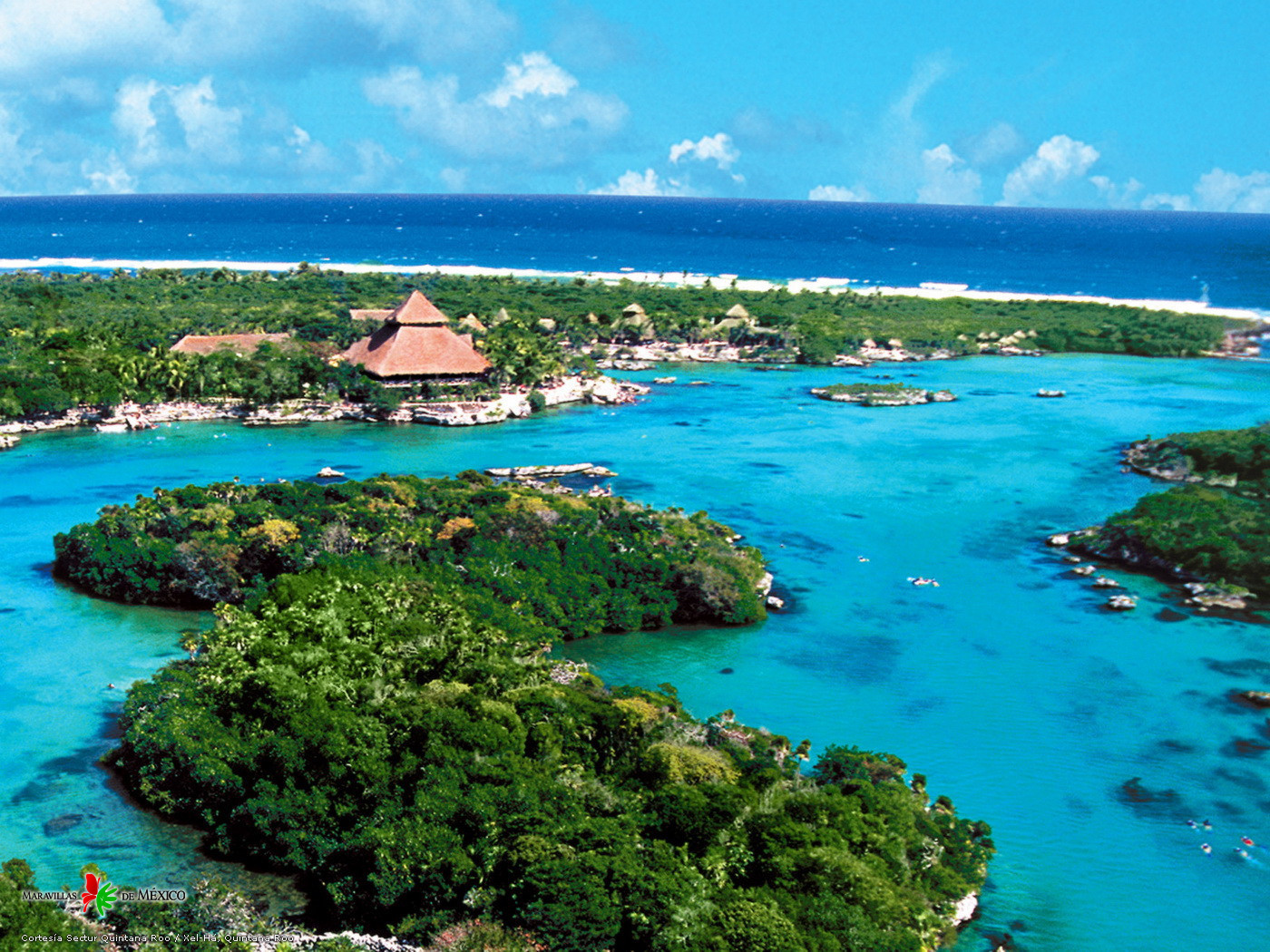
The pyramid of the birds is the only structure this old. I am in awe thinking of the age of this paint, still beautiful if faded.Īncient Mayan artists have painted it sometime between 300 and 600 AD., a date that corresponds to the Early Classic period of the Mayan Civilization. Much of the mural is ruined, but thanks to the palapa cover, most of it is still clearly discernible. It is also the name of one of the days in the Mayan calendar. I know from my readings that the glyph stands for the Mayan word, “Ahau”. The frames are separated by a column with a glyph on it. They look like they are flying everywhere. Two red frames enclose the pictures of red birds, with long tails, and some that seem to be yellow parrots with shorter tails. The composition is still striking after all this time, as it depicts two different kinds of birds. Now under a cover to preserve it, this mural of birds gave the pyramid its name. What it lacks in size it makes up in the beauty of its well-preserved murals. As pyramids go on the peninsula, it is a small one. Our only companions are the birds and an iguana laying on the rocks of the ruined structure.Īs we leave these structures and follow the path, we come to the more impressive Pyramid of the Birds. We enjoy exploring them, especially since it is so quiet, so peaceful in there. Both date from the Late Post-Classic Era of the Mayan civilization, about 1200-1550 AD. Shaded by trees, the group consists of two major structures, the Market, and the Palace. This time we take the one to the left, leading to the Palace Group. The main trail forks as soon as we enter. However, more of them are cleared off, and entrances into the old structures are off-limit now. The ruins are still standing as they did since they were abandoned a few thousand years ago. Being here brings back memories of my very first time in Yucatan, over twenty years ago.

We pay the modest fee for the ruins, then take off on the path. We would go now, but no one offers to guide us. We never took him up on the offer, since in those days the entrance fee was low enough not to matter. He used to offer to take us to the water park through a trail from the Crystal-clear water in the cenote at Xel-Ha. It is so pleasant to feel the breeze, listen to the birds, and even take the time to chat with the caretakers. The old, dirt parking lot is empty, we are the only visitors here. Only the fact that we know where it is makes us look for it. Trying to deal with traffic, we almost miss it, as well.

Rushing towards it, cars and buses drive by the small sign for Xel-Ha Ruins without a second glance. We prefer to keep the old image of it in our memory. Since the place is a world-class resort and park, we try to avoid it. I remember sharing the place with very few local families and visitors. Of course, we got burned but considered it a small price to pay for keeping the lagoon clear. We snorkeled for a while, enjoying the colorful fish and sea creatures. The beach was small, the water cold and crystal-clear. The entrance was a small palapa hut, where we paid an entrance fee of a few pesos and promised not to use sunscreen since it hurts the ecosystem in the lagoon.īefore entering the actual park-lagoon, we showered, to remove any trace of sunscreen. That is not to say that we have not visited Xel-Ha lagoon.īefore it became a huge tourist trap, the lagoon was a local water park, open for snorkeling. Although we have visited the peninsula many times, we still haven’t been there. Opened in the past ten years, the park on the water is teeming with tourists.

The lagoon and inlet that gave the place its name is now a water park, by the name of Xel-Ha Park.

The ancient Maya used the location to build a port-city across from the lagoon, structures of which still stand centuries later. It derives from the Yukatek Maya, combining the words Xel – spring, and Ha – water. Though we are not heading for it, I think about the name. Soon after my husband starts driving, I notice signs for Xel-Ha, the water park. As much as I miss it being so narrow that two cars would barely fit through it, the ease of travel is a benefit I enjoy. The old road, once surrounded by jungle, is a highway now. I have been visiting the peninsula for over two decades, and I see changes every time I come. Across from the giant water park, the real Xel-Ha is a stunning Mayan ruin you can visit. Leaving the Cancun airport in our rented car, I marvel at the changes I see. photo by Jeff Fromm Lesser-Known Ruins on the Riviera Maya – Xel-Ha


 0 kommentar(er)
0 kommentar(er)
